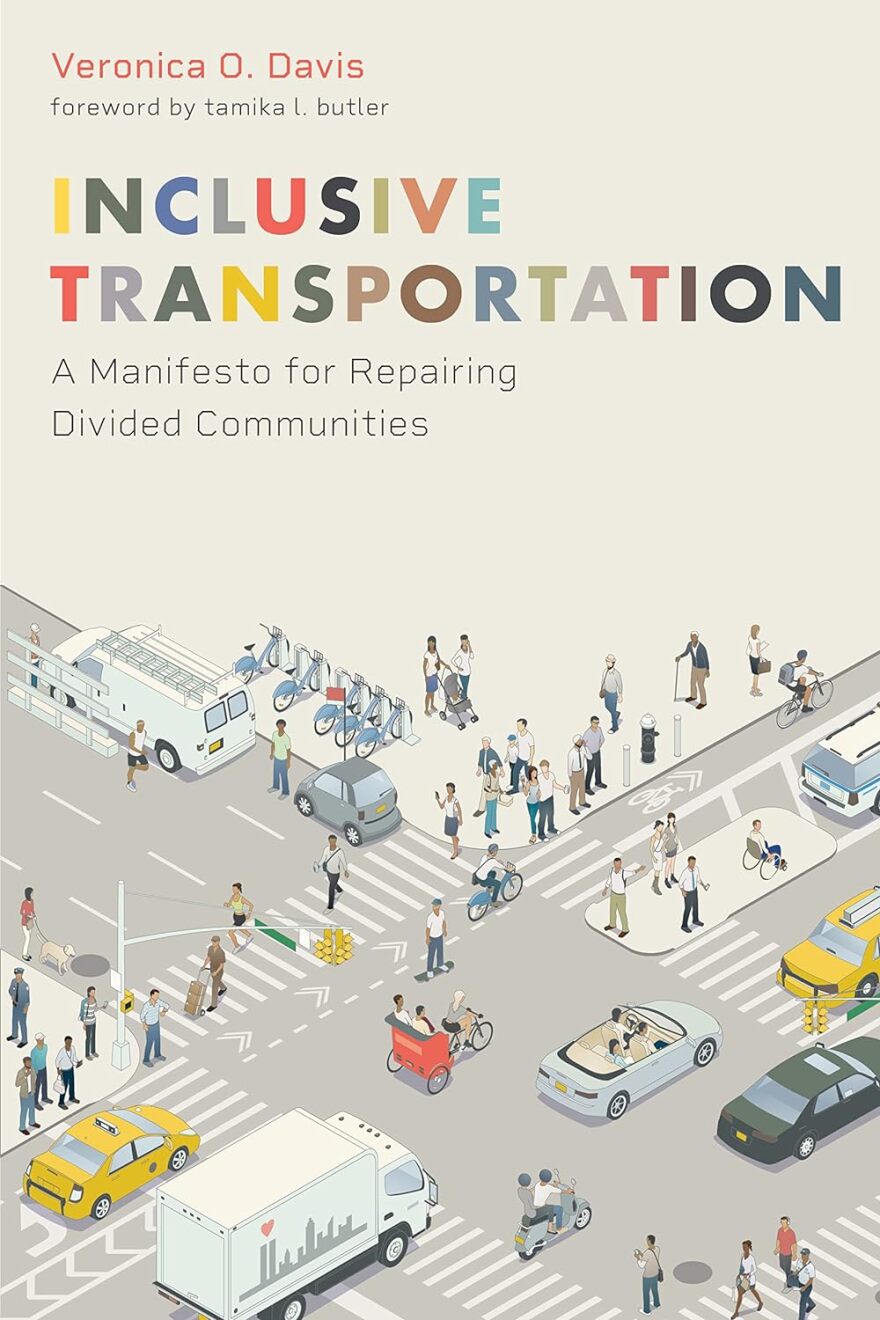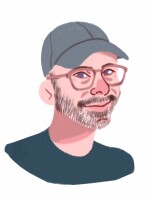Civil engineer, transportation planner and self-described transportation nerd Veronica O. Davis has a personal connection to the communities divided by interstate highway construction in the 1950s. Her grandparents' house in Baton Rouge, Louisiana, was taken so Interstate 10 could be built.
A few blocks away, her great-grandparents' house was spared and still sits underneath the highway today. This personal connection set the stage for her career in transportation — and as the author of Inclusive Transportation: A Manifesto for Repairing Divided Communities.
The former Washington, D.C., resident was part of the team that created the city’s Vision Zero plan to end traffic fatalities. And she and her friends created the hashtag #blackwomenbike, which helped spawn a movement to show that women of color are allowed to enjoy the outdoors.
Davis is currently director of transportation and drainage operations for the city of Houston, Texas. One of the most alarming trends she’s seen in the realm of transportation is a lack of respect from drivers on how to share the roads.
She recently spoke with VPM News transportation reporter Ian Stewart about her connection to transportation. They also discussed what led her to write a manifesto to guide civil engineers, policy experts and other transportation nerds to repair and connect those divided communities.
Below is a lightly edited excerpt from their conversation.
Ian Stewart: Thanks for talking to me today about your book. You have a personal connection with a community being torn apart for highway construction. Can you tell me about that?
Veronica O. Davis: Part of what I share about in my book is my family's story. My mother's from East Baton Rouge. And when she was in high school, my grandparents' house — the house that she grew up in — was taken in order to build what is now I-10.
For me, as a child, I used to go visit my great-grandmother. She lived on the same block, and her house was not taken. I went to her house underneath the highway. But it just goes to show that these divided highways, it can feel so far away, but we're really not that far removed. And my mom is still very much in her right mind and remembers the whole process, as well as her high school being torn down for I-10.
I share a lot of that in my book to say I'm not that far removed from these things that happened.

You break down thoughts around the theme and slogan of "war on cars." Should there be a war on cars?
I think cars have their place. If you look at each individual, you can understand why they take a car. It's because there is no other alternative. In some cases, particularly for people who may live in a rural area or suburban area, I don't have any other options. Or the other options aren't reliable or don't get me to where I need to go.
The more we can provide multiple options for people, you will see that people will start making different decisions. And that may not be an everyday thing. It may be a, "Hou know what, I'll go ahead, I don't have to drop the kid off at day care, so I may take the bus today." Or, "I don’t need to do this, so I may bike today."
But the problem is that when you don't give people options, then they are going to choose a car. And if we continue to widen our transportation, you know, highways and all of that, then there's really no incentive for me not to drive. Because I was in traffic, and now I'm not in traffic anymore.
I want to mention a couple of messages that I loved in your book. One of them was there should be a mutual understanding and respect that we are all sharing the same space on the roads.
Absolutely. And just a little teaser, I opened my book with this: I shared one of my favorite shows was The Good Place. And so, it was all about what we owe each other. And the problem is within the United States of America context, there is an erosion of a mutual understanding that we are all going to abide by the rules while we are in this shared space.
And when you look at the traffic fatalities, when you look at serious injuries, it's easy to blame the infrastructure. Don't get me wrong: The infrastructure is absolutely overbuilt in almost every city, urban area, suburban area. However, there's also a behavioral piece that really needs to be tackled.
And it's not just distracted driving. It's not just drunk driving. It is just almost a lawlessness that is happening on the roads where people are just ... I mean, I see it all the time on videos — people are just running the lights. And I don't know how you heal that. That is beyond my understanding. Maybe I'll go back and get a degree in psychology or something.
We just have to tackle the behavior. It is an erosion of that social contract. We exist in this space that you're going to stop at the red light, and I'm going to stop at a red light. And when we don't do that, that's how people die.




